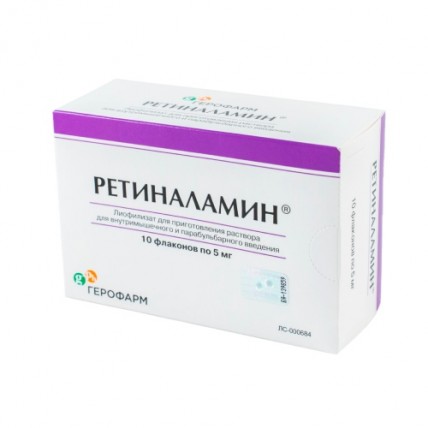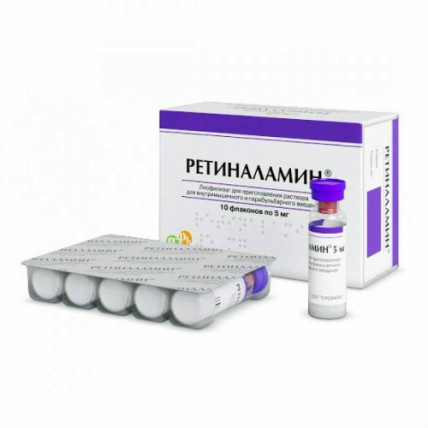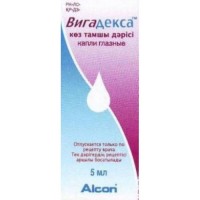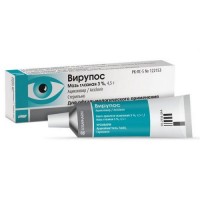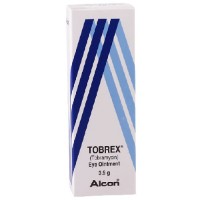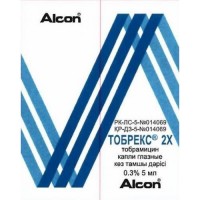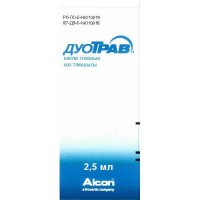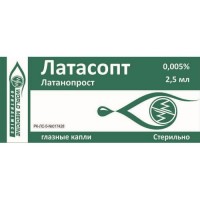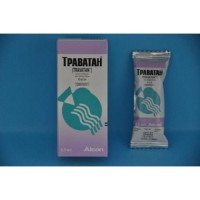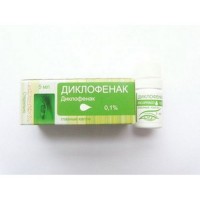RETINALAMIN® 5 mg, 10 ampoules (IM/Parabulbar Injections)
- $200.00
What is Retinalamin®?
Retinalamin® is a tissue repair stimulant used in the treatment of various eye conditions that affect the retina.
This medication is a peptide-based compound derived from natural sources, specifically designed to protect and restore retinal cells.
Retinalamin® is commonly prescribed to patients with diseases like glaucoma, diabetic retinopathy, and retinal dystrophy.
It works by stimulating cell regeneration, improving eye tissue metabolism, and enhancing blood flow in the eyes.
How does Retinalamin® work?
Retinalamin® is a retinal tissue repair stimulant that promotes regeneration and protection of retinal cells, which are essential for vision.
Its mechanism of action is based on its ability to activate key metabolic processes in the eye and restore normal cellular function.
The drug contains water-soluble polypeptides extracted from animal retinas, which are bioactive and highly specific to retinal cells.
Here’s how it works in detail:
Metabolism Activation: Retinalamin® enhances metabolic processes in retinal tissues. It stimulates the production of proteins within the cells and supports the maintenance of cell membrane stability. This metabolic boost allows retinal cells to function more efficiently and remain healthier over time.
Regulating Cellular Processes: The drug modulates lipid peroxidation, a process that leads to oxidative stress and cell damage. By inhibiting excessive lipid peroxidation, Retinalamin® reduces oxidative damage to retinal cells, preventing cell death and degradation.
Protecting Against Excitotoxicity: Excitotoxicity is a process where an overactivation of glutamate receptors leads to harmful calcium influx into cells, which can cause cell death. Retinalamin® counteracts this by inactivating excessive glutamate activity in the eye, reducing the toxic impact on retinal cells and preventing further cell loss.
Improving Blood Flow and Oxygenation: Retinalamin® helps enhance blood flow within the blood vessels of the retina, ensuring that the eye tissues receive an adequate supply of oxygen and nutrients. This improved blood circulation contributes to better overall eye health and retinal function.
Optimizing the Interaction of Retinal Cells: The drug improves the functional relationship between the retinal pigment epithelium (RPE) and photoreceptor cells, which are crucial for vision. The RPE supports photoreceptor health by recycling visual pigments and providing essential nutrients, and Retinalamin® helps maintain this vital interaction.
Through these combined actions, Retinalamin® effectively protects the retina from progressive degeneration caused by diseases such as glaucoma, retinopathy, and dystrophies.
It supports cellular regeneration, reduces oxidative and excitotoxic damage, and helps maintain or restore vision in patients suffering from retinal diseases.
What conditions does Retinalamin® treat?
Retinalamin® is used as part of a comprehensive treatment plan for several eye conditions, including:
- Primary open-angle glaucoma (compensated stage)
- Diabetic retinopathy
- Central retinal dystrophy caused by inflammation or trauma
- Myopia-related eye diseases
- Central and peripheral retinal degeneration (tapetoretinal abiotrophy)
These conditions are often associated with progressive vision loss and can be challenging to manage, making Retinalamin® a valuable option for slowing down or halting disease progression.
What is the recommended dosage of Retinalamin®?
The dosage of Retinalamin® depends on the specific eye condition being treated. It is available in a lyophilized (freeze-dried) powder that is reconstituted into a solution for injection.
The drug is typically administered either intramuscularly (IM) or parabulbarly (injections near the eye).
- For conditions such as diabetic retinopathy and central or peripheral retinal dystrophies, Retinalamin® is prescribed at a dose of 5 to 10 mg once daily. The course of treatment usually lasts 5 to 10 days, depending on the severity of the condition. In many cases, if needed, the treatment can be repeated after 3 to 6 months.
- For patients with primary open-angle glaucoma, the dosage is 5 mg once daily for a period of 10 days. If necessary, this treatment can also be repeated every 3 to 6 months.
- For myopia-related diseases, Retinalamin® is given parabulbarly (near the eye) at a dose of 5 mg once daily for 10 days, often in combination with other medications like angioprotectors and B vitamins.
When treating children, the dosage is reduced:
- Children aged 1-5 years: 2.5 mg once daily.
- Children aged 6-18 years: 2.5 to 5 mg once daily.
To prepare the injection, Retinalamin® is dissolved in 1-2 ml of either sterile water, a 0.9% sodium chloride solution, or a 0.5% procaine (novocaine) solution.
The medication is injected once per day, regardless of meal timing.
If a dose is missed, the next dose should be administered as scheduled, and a double dose should not be used to compensate.
How should Retinalamin® be prepared and administered?
Retinalamin® should be dissolved in 1-2 ml of sterile water for injection, a 0.9% sodium chloride solution, or a 0.5% procaine (novocaine) solution.
When dissolving the medication, the needle should be aimed at the vial wall to avoid foam formation.
It is crucial to follow the healthcare provider's instructions regarding preparation and administration techniques to ensure the best results and minimize complications.
What precautions should be taken when using Retinalamin®?
- Allergies and hypersensitivity: If you are allergic to any ingredients in Retinalamin® or the solvents used for preparation, inform your doctor immediately.
- Pregnancy and breastfeeding: The use of Retinalamin® is contraindicated during pregnancy due to the lack of clinical data. If administered while breastfeeding, it is advised to discontinue nursing.
- Pediatric use: The drug is not recommended for children under 1 year old for certain conditions, and in some cases, children and adolescents under 18 years old are advised against its use due to insufficient safety data.
- Driving or using heavy machinery: Since Retinalamin® injections may cause temporary vision disturbances, caution should be exercised when driving or operating machinery after treatment.
What are the potential side effects of Retinalamin®?
While Retinalamin® is generally well-tolerated, some individuals may experience side effects. The most common ones include:
- Injection site reactions, such as redness, swelling, or discomfort
- Headache
- Eye discomfort, including itching or redness around the eyes
Rare but serious side effects, such as anaphylactic shock and angioedema, have also been reported. These conditions require immediate medical attention and can present symptoms like difficulty breathing, swelling of the face or throat, and rash.
How should Retinalamin® be stored?
Retinalamin® should be stored at temperatures below 25°C (77°F), away from light and moisture.
The medication should be kept out of the reach of children and should not be frozen.
Once prepared, the solution must be used immediately and cannot be stored for later use.
